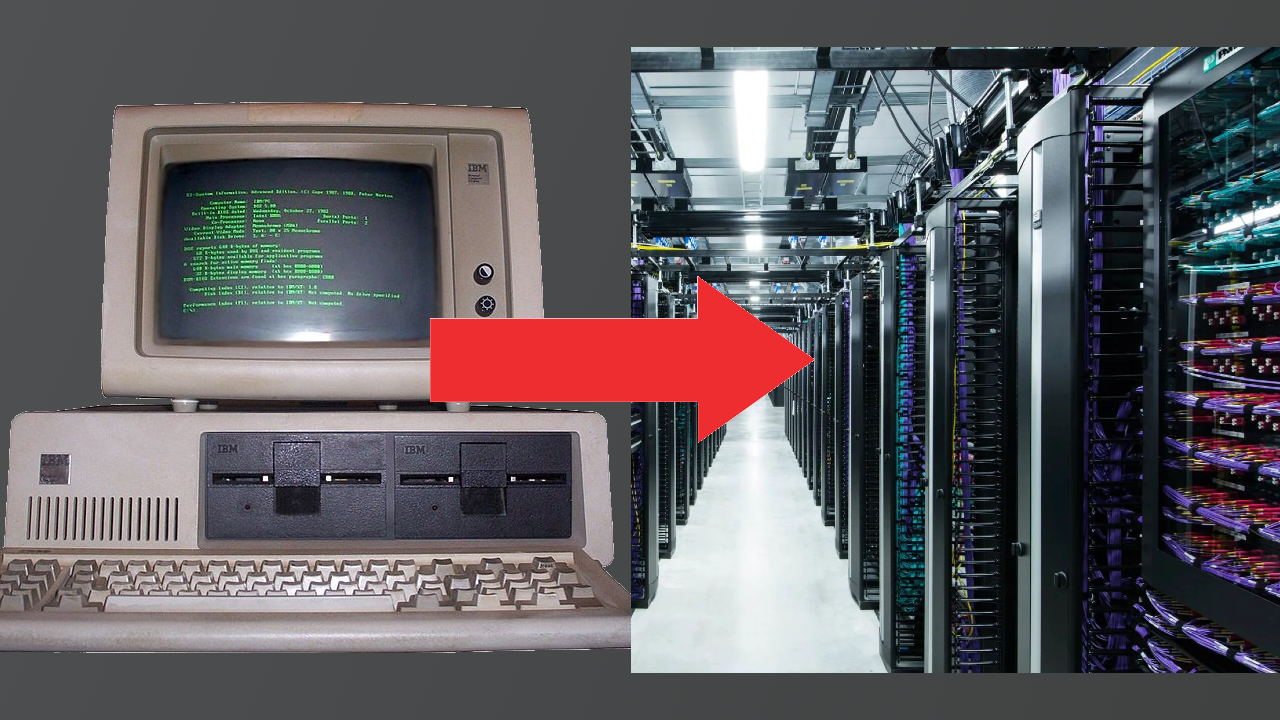Turning an Old Computer into a Home Server
Read time: 1m 26s
Vincent Brodin
Last edited: 01 Mar, 2025 @ 21:54
Uploaded: 01 Mar, 2025 @ 21:54

Turning an Old Computer into a Home Server
It all began when I ran into constant headaches with Azure’s app service. I was using it because it was the cheapest option available, but the lack of control made troubleshooting a real challenge. One day, while scrolling through YouTube, I came across a video that showcased a Raspberry Pi set up with Cloudflare Tunnels for self-hosting. The idea was fascinating—a neat way to take control of my digital space. However, the cost of a new Raspberry Pi made me pause and look around for alternatives. That’s when I remembered the old computers quietly collecting dust in my storage.
I decided to give one of these forgotten machines a second chance. I chose the one with the best specs: an i5-4460s paired with 8GB of DDR3. While this setup isn’t built for heavy tasks like running local AI models, it’s more than capable of handling low-traffic websites and personal projects. And if a project ever demands more power, I know I can always migrate it to a VPS.
The first real test was migrating my blog. Built with HTMX, ASP.NET Core, and Docker, the blog was the perfect candidate for this new adventure. I pulled the Docker image directly onto my home server, mapped it to the same port I’d set up with Cloudflare Tunnels, and just like that—it worked. It was one of those moments when everything clicked into place, proving that sometimes simplicity is all you need.
Looking ahead, I'm considering setting up a game server for friends and exploring more custom apps to further extend my server’s capabilities. There's a satisfying simplicity in watching old hardware take on new, useful roles. If you have an unused machine lying around, why not give it a second life as a home server? It's a practical way to take control, learn new skills, and enjoy the freedom of self-hosting.